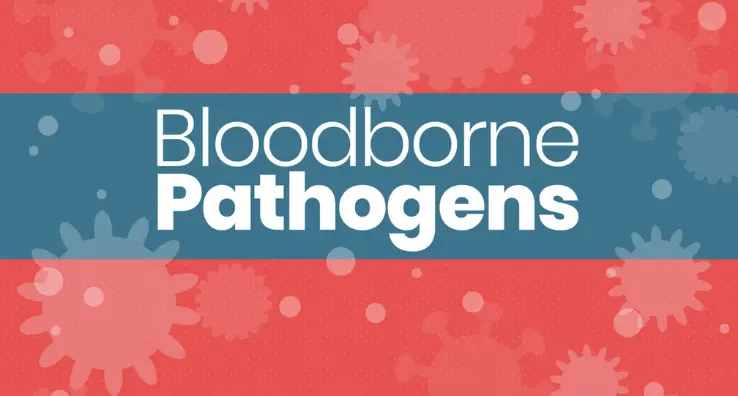Don’t Let Milling Challenges Grind You Down

Food manufacturing can be a grind… especially in milling. Yet recent wins in the industry make it all worth it. Consumers are snack-happy, so demand for savory treats, sweets, and baked goods is on the rise. Alternative flours are also ubiquitous. Thanks to the gluten-free craze, nut flours and non-traditional flours like sorghum and spelt are working their way into foods worldwide. And we can finally kiss the low-carb craze goodbye. These days, whole grains are considered essential to a healthy diet, including rice and corn, with more emphasis on nutrition rather than elimination. With the new nutritional focus comes the opportunity to add fortifications to flours and grains, which proves successful in differentiation, as well as in marketing.
There are several challenges and opportunities ahead for the milling industry, however. Here’s a look at a few key issues milling companies should keep in mind, with links to relevant resources.
Minimize risk
Milling is one of the most dangerous aspects of food production due to the many safety hazards. Between dust explosions, lifting and operating heavy machinery, hot work conditions, and respiratory ailments unique to milling like “baker’s asthma,” keeping milling operations incident-free can be a challenge. Workers’ comp and injuries can be costly: they harm people, profits, public image, and on-the-floor morale. An air-tight safety plan can help eliminate incidents and boost confidence, among new hires and old pros alike. A safety program that goes beyond perfunctory onboarding trainings, and toward a more continuous learning environment where safety is kept top of mind, thus reducing workplace incidents. Read this blog post to learn how to take training beyond onboarding toward fostering continuous learning.
Eliminate outbreaks and recalls
Food safety is a challenge in milling with so many opportunities for cross-contamination. Fortunately, product recalls due to undeclared allergens are completely preventable. A trained workforce that knows the whys and hows of safety is more likely to make smart decisions 100% of the time. One way to make sure your workforce is confident to work smarter is to impart important information in several different ways. Today’s workforce spans education levels, generations, and cultures. Making sure critical concepts reach everyone on your team and get reinforced can stop incidents before they occur, cutting down on costly recalls and brand-damaging outbreaks. Watch this video for a look at creating customized training content specific to your company or plant that can make a greater impact.
Stay compliant
Regulations have increased post-FSMA, and milling will likely see more emphasis on hazard analysis and risk prevention beginning in 2018. Staying compliant will largely depend on solid data management, especially in more robust operations. An integrated training program that can confirm, record, and store data in real time is more effective than trying to track data by hand. Standardizing important information across all locations can cut down on administrative tasks and help keep records organized and up to date. View this webinar for recordkeeping and documentation best practices to help remain audit-ready all the time.
Reduce turnover
Workforce turnover is high in food manufacturing and especially in milling. Training and retaining knowledgeable workers can be difficult, as hiring and training costs are high. As current milling workers age out of the workforce, it will be imperative to hire and develop new talent. It’s been that proven workers who don’t feel valued or well prepared for the job might not stick around. Making sure new hires and current workers receive the training they need to make smart decisions is important. Investing in a safety program up front can pay off in dividends later. Watch this video to learn how engaging your workforce with effective training can create value.
While there are several challenges to contend with in milling, how companies tackle them will really separate the wheat from the chaff. Learn more about our integrated multi-channel training program that emphasizes safety and reinforcement, confirms and records data, and creates a culture of safety in your company or facility.





